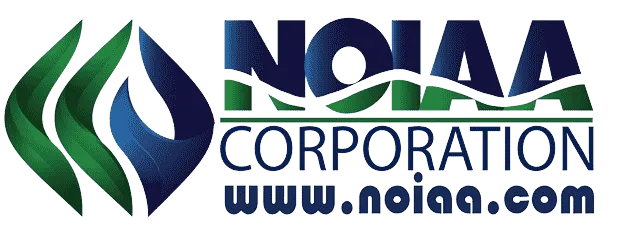MARITIME TO OFFSHORE CONVERSION PACKAGE (BOSIET, MIST AND SHOULDER WIDTH MEASUREMENT)

MARITIME TO OFFSHORE CONVERSION PACKAGE (BOSIET, MIST AND SHOULDER WIDTH MEASUREMENT) Course Overview
It has been identified through collaboration between the Offshore Oil and Gas and Maritime Industries that there are several corresponding areas of training between the STCW95/2010 Basic Safety Training and the BOSIET with CA-EBS.
In order to allow employees who currently work within the Maritime industry, and hold the necessary safety certificates, to transfer or also work within areas deemed to be within the Offshore Oil and Gas sector, this package has been developed to avoid unnecessary duplication of initial basic survival training content.
BOSIET with CA-EBS (STCW 95 / 2010 Conversion) Practical Training (1 Day):
Safety Induction Training
Firefighting and Self Rescue Training
Sea Survival with First Aid Training
Helicopter Underwater Escape Training (CA-EBS)
MIST Training (2-Days):
At the end of this element, delegates should be able to explain and demonstrate an understanding of the following:
Major accident hazards in the offshore industry
Workplace hazards and personal safety
Risk management
Control of work
Helicopter safety
Shoulder Width Measurement (1/4 Day):
Guidelines state that all passengers travelling to North Sea Installations are required to sit in a seat where the nearest Push-out emergency exit window is compatible with their body size, and a helicopter Bideltoid measurement service – commonly known as shoulder width measurement – is required to make this assessment.
Course Content:
At the end of the Maritime to Offshore Conversion Package, delegates should be able to do the following:
- - Use safety equipment and follow procedures in preparation for and during helicopter emergencies with a specific focus on escaping from a helicopter after ditching.
- - Understand key offshore safety regulations and basic safety management concepts.
- - Identify hazards specific to the offshore oil and gas industry and the potential risks associated with those hazards as well as understand how controls are put in place to prevent those risks.
- - Demonstrate first aid and sea survival techniques.
- - Demonstrate the effective use of basic firefighting equipment as well as self-rescue techniques in low visibility situations including smoke-filled areas.
Entry Requirements:
Please note that entry to this training package requires valid certification in STCW Basic Safety
Medical Requirements:
You are required to hold a full offshore medical certificate
Certification
Delegates are issued with a NOIAA approved BOSIET with CA-EBS certificate, MIST and Shoulder Width Measurement certificates upon completion of course.
Next Available















































